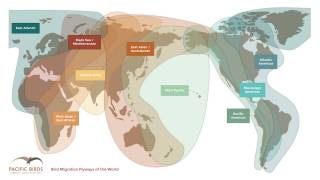Texas Cities Lead the 2018 Flu Season

The State of Texas is very proud of its ranking in various top ten surveys. But, the final Walgreens flu season ranking is not one of them.
Walgreens 2018 season-ending Flu Index™ ranks the leading US states and metropolitan areas for influenza activity. The aggregate data is from September 2017 through March 2018.
According to this Walgreens data, the states with the highest rates of influenza were Texas, Oklahoma, and Arkansas.
And, the top three cities for flu activity were all located in Texas, including San Angelo, Odessa-Midland, and Tyler-Longview.
Top 10 Market Areas with Flu Activity:
- San Angelo, Texas
- Odessa-Midland, Texas
- Tyler-Longview (Lufkin & Nacogdoches), Texas
- Jonesboro, Ark.
- Hattiesburg-Laurel, Miss.
- Alexandria, La.
- Victoria, Texas
- Abilene-Sweetwater, Texas
- Monroe, La.-El Dorado, Ark.
- Wichita Falls, Texas, and Lawton, Okla.
Top 10 States with Flu Activity:
- Texas
- Oklahoma
- Arkansas
- Mississippi
- Louisiana
- Alabama
- Tennessee
- Kentucky
- Nebraska
- Kansas
According to the Centers for Disease Control and Prevention (CDC) there have been 2,777 influenza viruses collected and genetically analyzed during October 1, 2017 – April 21, 2018, and submitted by U.S. laboratories, including 686 influenza A(H1N1)pdm09 viruses, 1,157 influenza A(H3N2) viruses, and 934 influenza B viruses.
Which means, the influenza A(H3) viruses have predominated this season, and, since early March 2018, influenza B viruses have been more frequently reported than influenza A viruses.
Additionally, a total of 163 influenza-associated pediatric deaths have been reported by the CDC for the 2017-2018 season.
The Walgreens Flu Index™ is compiled using weekly retail prescription data for antiviral medications used to treat influenza across Walgreens locations nationwide.
This Walgreens data set is analyzed at the state and geographic market levels to measure absolute impact and incremental change of antiviral medications on a per store average basis and does not include markets in which Walgreens has fewer than 10 retail locations.
Our Trust Standards: Medical Advisory Committee


























